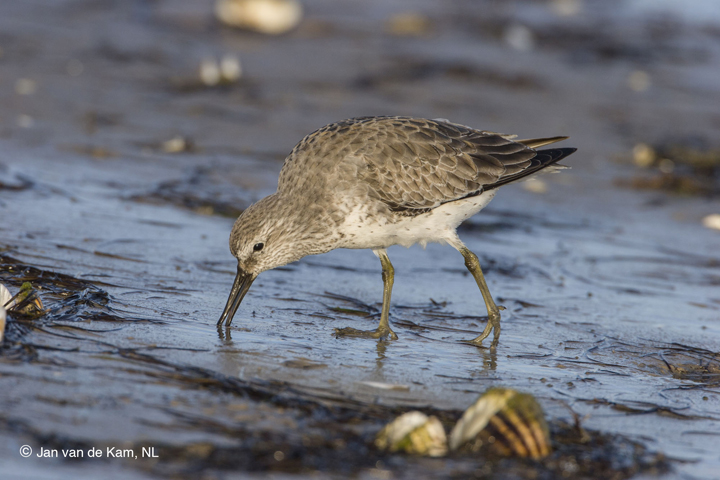A new study has found that red knot birds are becoming smaller as temperatures in the Arctic rise.

Red knot birds make one of the longest annual migrations of any other bird, travelling from their breeding grounds in the Arctic south to parts of South America and Africa.
READ MORE: Arctic sea ice at record winter low for second year in a row
The Arctic is warming twice as fast as the rest of the planet. Scientists have theorized that the warming climate could create smaller birds in order to help them dissipate body heat. Another theory was that the birds suffer from malnutrition as the climate change disrupts their feeding cycle.
In the Arctic, red knots subsist on blooms of insects that appear in the tundra after the ice melt. However, the scientists have found that, as a result of climate change, the cycle of the bloom is out of sync with the hatching of the red knots. This means that they have less food.
The consequences, the study found, are also felt once the birds make their way to their southern wintering home in West Africa.
Red knots live off mollusks that they find by digging up the sand with their beaks. However, with their shorter beaks, they can only reach about one-third of their preferred meals, forced to dig up low-quality mollusks and sea grass.
The researchers believe that the premature melting could be affecting the survival of other migratory birds.


Comments